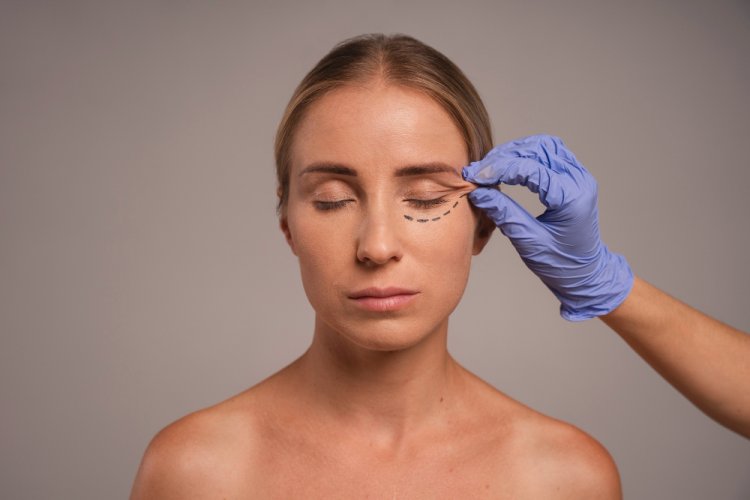Oculoplasty: An In-Depth Exploration of the Procedure and Its Diverse Applications
Oculoplasty, a specialized field within ophthalmology, encompasses a wide range of surgical techniques aimed at the reconstruction, restoration, and rejuvenation of the structures surrounding the eye. From aesthetic enhancements to functional corrections, oculoplasty plays a crucial role in improving both the appearance and functionality of the periocular region.

Understanding Oculoplasty
Oculoplasty derives its name from the fusion of "oculo" (related to the eye) and "plasty" (surgical molding or reshaping), indicating its focus on surgical interventions involving the eye and its adjacent tissues. The field encompasses various procedures targeting the eyelids, orbit (eye socket), lacrimal (tear duct) system, and adjacent facial structures.
Indications for Oculoplasty
Aesthetic Refinements
Oculoplastic surgery is often sought to address cosmetic concerns related to the eyes and surrounding areas. Common aesthetic procedures include:
- Blepharoplasty: Eyelid surgery aimed at rejuvenating the appearance by removing excess skin, fat, or muscle.
- Ptosis Repair: Corrects drooping of the upper eyelid.
Functional Restoration
Oculoplasty is indispensable in restoring normal eyelid function compromised by conditions such as:
- Ptosis
- Ectropion (outward turning of the eyelid)
- Entropion (inward turning of the eyelid)
- Eyelid retraction
Reconstruction after Trauma or Tumors
Trauma, congenital anomalies, and tumor resections often necessitate surgical reconstruction. Procedures may include:
- Repairing eyelid defects
- Orbit reconstruction
- Restoring facial symmetry
Management of Lacrimal Disorders
Oculoplasty encompasses procedures aimed at diagnosing and treating disorders affecting the tear drainage system, such as:
- Nasolacrimal duct obstruction
- Chronic epiphora (excessive tearing)
Surgical Techniques in Oculoplasty
Oculoplastic surgery involves a spectrum of techniques tailored to address specific concerns:
- Incisional Procedures: Strategically placed incisions for precise manipulation and correction.
- Tissue Repositioning and Resection: Corrects malpositions and improves contour.
- Implantation: Augments weakened structures or enhances volume.
- Microsurgical Techniques: Enables precise tissue manipulation in intricate procedures.
Preoperative Evaluation and Postoperative Care
Before surgery, comprehensive evaluations assess ocular health and surgical candidacy. Postoperatively, meticulous care and follow-up appointments ensure optimal outcomes and early detection of complications.
Oculoplasty is a dynamic field offering surgical solutions for both functional and aesthetic concerns in the periocular region. Advancements in techniques and technology continue to broaden treatment options, enhancing patients' quality of life.
#Oculoplasty #EyelidSurgery #EyeReconstruction #PeriocularProcedures #CosmeticEyelidSurgery #FunctionalOculoplasty #OculoplasticSurgeon #EyelidRejuvenation #SurgicalTechniques #PreoperativeCare #PostoperativeCare #EyelidHealth #EyeHealth #Ophthalmology #AestheticSurgery #FunctionalRestoration #MedicalProcedures #HealthcareInnovation #SurgicalAdvancements #PatientCare #EyeCare #SurgicalRecovery #FacialReconstruction #TearDuctDisorders #HealthAndBeauty #PatientEducation #HealthcareTechnology #MedicalSpecialties
Disclaimer:
The information provided in this article is for educational purposes only and should not be considered medical advice. If you have any health concerns or are experiencing symptoms, it is important to consult with a healthcare professional, such as a doctor or clinic, for proper diagnosis and treatment. Always seek the advice of your doctor or other qualified health provider with any questions you may have regarding a medical condition. Do not disregard professional medical advice or delay in seeking it because of something you have read in this article.
What's Your Reaction?





















